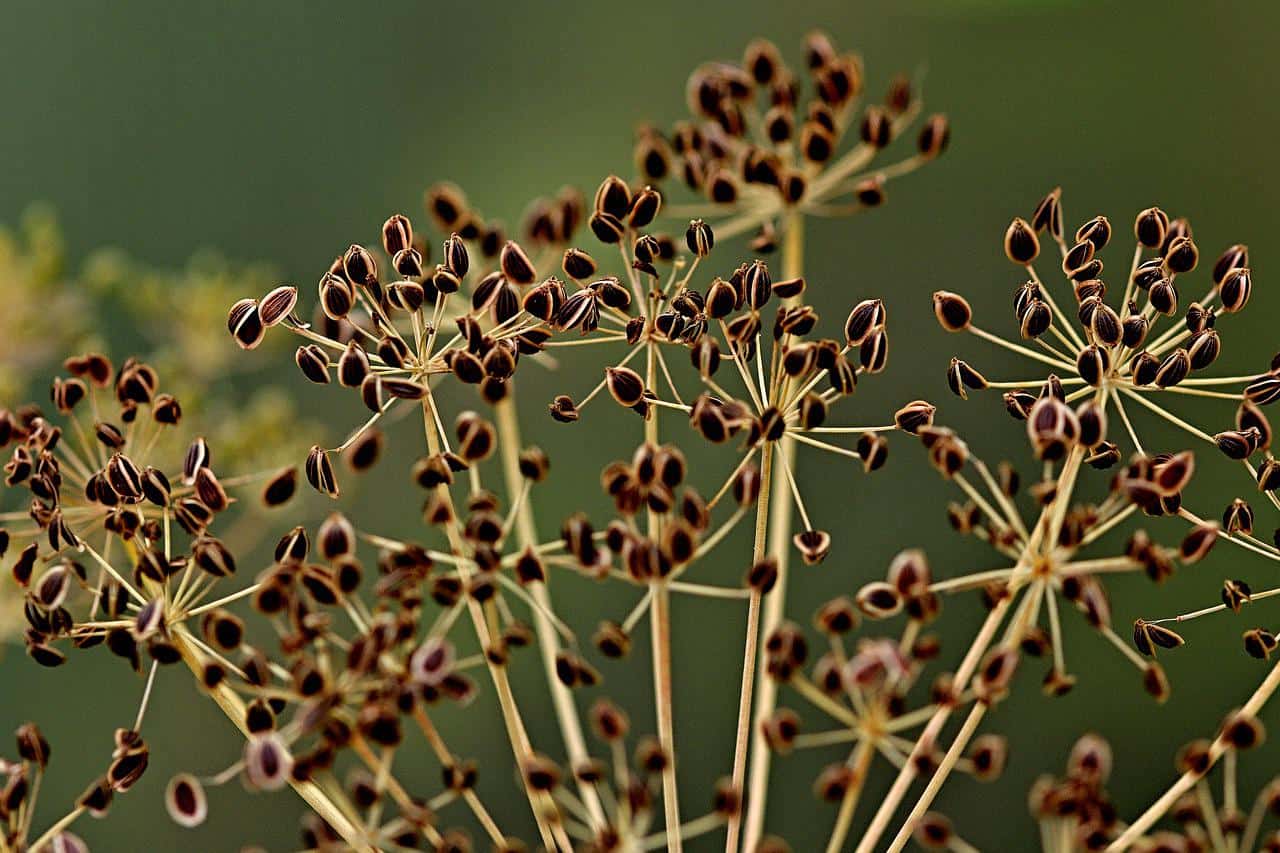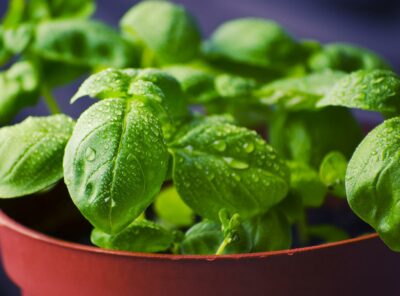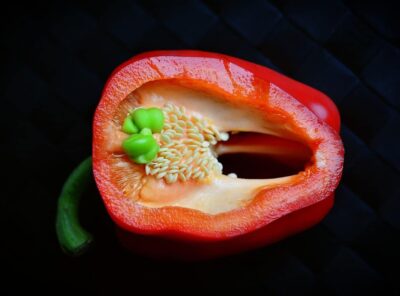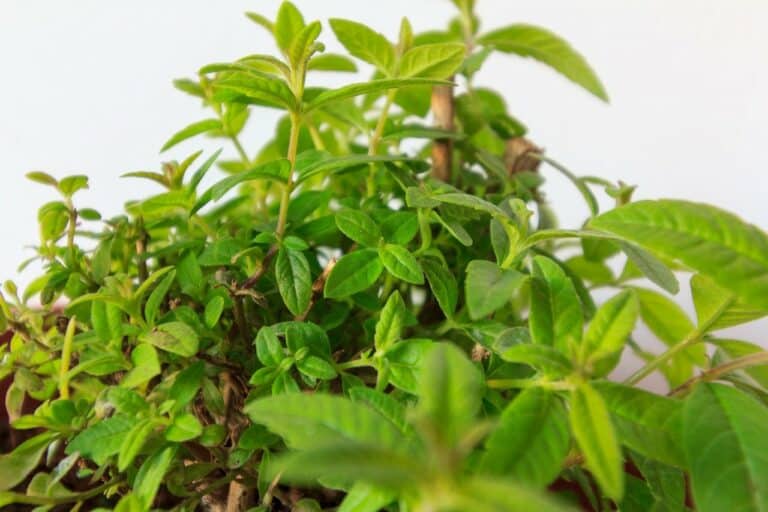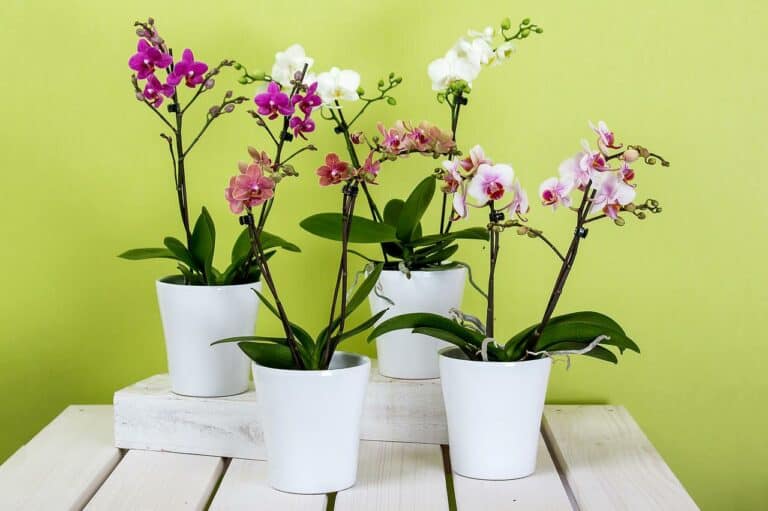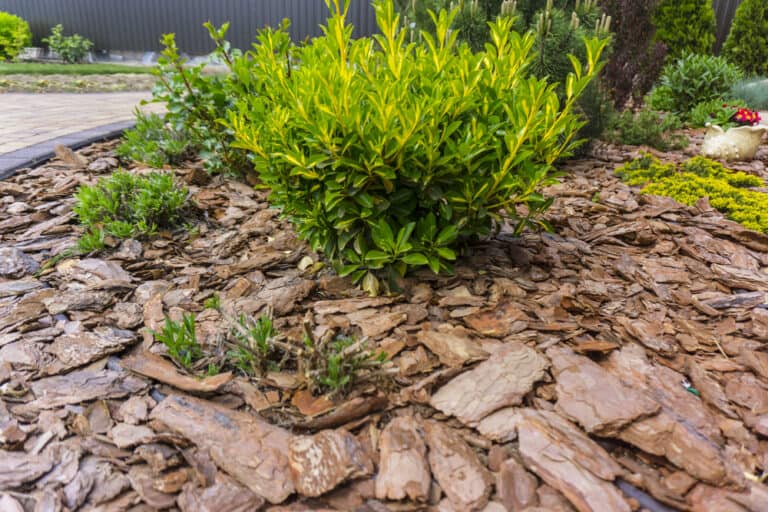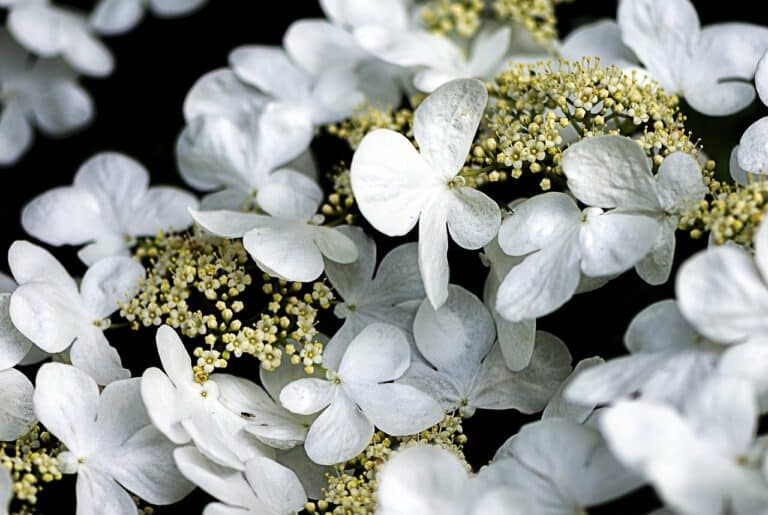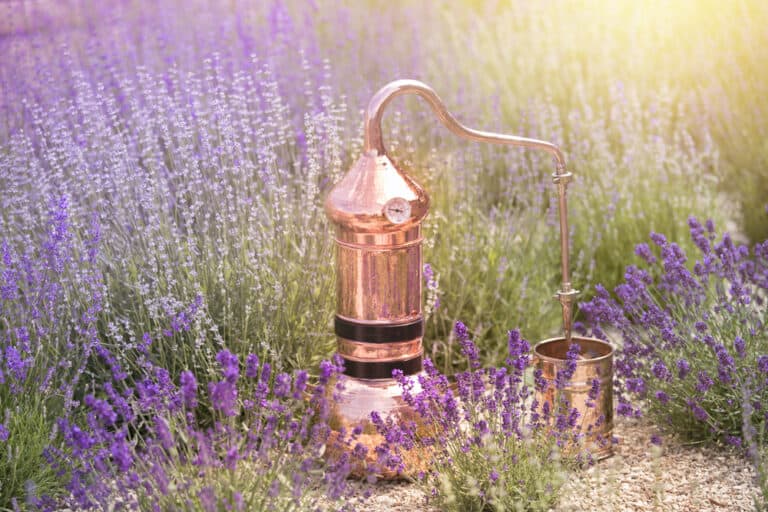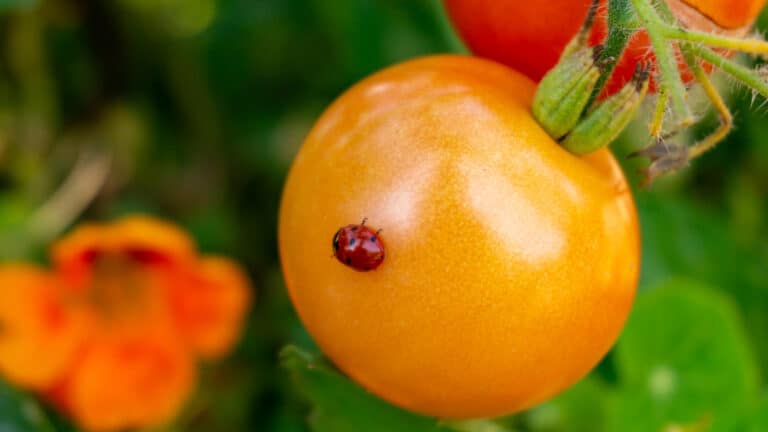Dill is one of the most valuable herbs for cooking and flavoring recipes, it has been found to be useful in a variety of dishes, including soups, salads, pasta dishes, and sauces, not to mention that it is an excellent source of vitamin C as well. It also contains iron, magnesium, and potassium. Dill can be dried or fresh. Fresh dill seeds are often used in salads.
Dill grows relatively quickly and may supply you with flavor-packed seeds and leaves that anyone can use to spice any regular recipe. Harvesting dill is a quick and straightforward task that can be done consistently throughout the season.
Follow these tips to harvest Dill properly without killing or damaging the plant:
Table of Contents
Best Time To Harvest Dill:
Are you looking for the best time to harvest Dill? Dill can be harvested at any point during its growth cycle, but it will have the most flavor if you pick it when it’s in the flowering stage and the plants are blooming. In addition to being edible, the flowers also have a slight sweetness to their taste. The leaves can also be harvested but are not as flavorful as the flowers.
Note: Wait to harvest your dill plant until it is at least 6 – 8 inches tall and has at least four leaves on each branch.
Use Of Perfect Tool:
The use of perfect tools to harvest Dill is an essential step in preserving the flavor and quality of this herb. Using the correct tools, gardeners can ensure they get the most from their plants.
The most important tool for harvesting dill is a pair of scissors. This allows for a clean-cut, which prevents damage to the plant. It can also help remove smaller leaves from the stem.
Dill can be harvested from the ground, or plants are grown in containers. When harvesting dill, it is essential to avoid pulling the plant from the ground, as this can damage the roots.
Cut It From Safe Points:
It can be safely cut in two different ways. One of them is to remove an older or newer leaf stem from the junction’s base development (A Junction is a point on the main stem from which other branches grow).
However, if the plant develops to more than 18 inches, you can cut the main stem below the higher junctions. It will help the plant to flourish by growing horizontally rather than upwards.
Avoid Harvesting More Than One-Third At A Time:
When it comes to harvesting dill, there is a right and wrong ways to do it. The right way is to never harvest more than one-third of the Dill at a time. This will allow the Dill to continue to grow and produce new leaves. However, gathering too much of the Dill at once will stunt its growth and reduce its yield.
Watering Before Harvesting:
Watering your Dill plants is essential to help them grow big and strong. Not only will they need water while growing, but you’ll also need to water them before you harvest the Dill leaves. This will ensure that the Dill is at its peak flavor and that you can get the most out of your harvest.
Don’t Harvest Too Soon:
If you harvest Dill too soon, you will miss out on the flavor and potency of the herb. As I mentioned above, Dill is at its peak flavor when flowering. Therefore, if you harvest Dill before it flowers, the flavor will be milder than if you wait until it blooms.
Pruning Dill Is Important:
As long as they are properly pruned, dill plants can grow as tall as three feet tall, but if they are not pruned, they will quickly become spindly and die back. Prune the Dill well before it flowers to prevent it from dying back. Snip off the top third of the plant, and then pinch off the flowers as they appear. This will help keep the Dill healthy and looking its best.
It is a biennial, meaning it lives for two years. The plant grows leaves and a robust root system in the first year. In the second year, they plant flowers and produces seeds. If you don’t prune the Dill well before it flowers, the plant will put all its energy into flowering and seed production instead of leaf production. Therefore, as a result of this, the plant is likely to die back or become stunted.
Don’t Take Too Much Off:
Dill is a delicate herb that doesn’t like to be over-harvested. However, if you take too much off the dill plants, they won’t produce any flowers or seeds.
FAQ’s
What Part Of The Dill Plant Do do You Eat?
When most people think of Dill, they think of the leaves and seeds. The leaves can be used fresh in salads or cooked as green. Besides being used as an additive to pickles, and being used as a tangy flavoring agent for pickles, the seeds can also be eaten raw or cooked. However, the root of the dill plant is also edible. The taste of this vegetable is slightly sour, and it can be eaten raw or cooked.
Can You Eat Dill After It Flowers?
There is no doubt that the answer to this question is yes, and you can eat Dill after it flowers. There is a slight sweetness to the flavor of the flowers and they are edible. Dill is a herb that is used in cooking to add flavor to dishes. It is also used as a garnish.
What Do You Do With Dill Stalks?
You might wonder what to do with the dill stalks. There are a number of ways in which you can use dill stalks. There are some people who like to eat them raw, while there are others who like to cook them. The leaves of the plants are not only used to make tea, but they can also be used to make essential oil. Don’t worry, and they’re not pointless! There are a few things you can do with them:
1. You can chop them up and add them to your compost pile.
2. You can use them as stakes in your garden to help support plants.
3. You can freeze them and use them later as an herb seasoning.
What Part Of Dill Is Used For Pickles?
Dill seed is used to make pickles because it has a strong flavor that can overpower the taste of other vegetables in the pickle jar. Dill weed can also be used in pickles, but it does not have as strong of a flavor as the dill seed.
|| How To Harvest Basil Seeds || What Are Herbs? ||
Difference between dill seeds and dill weed


